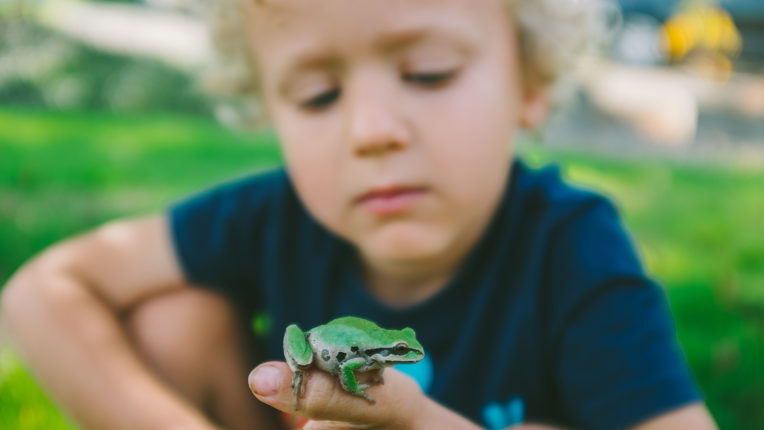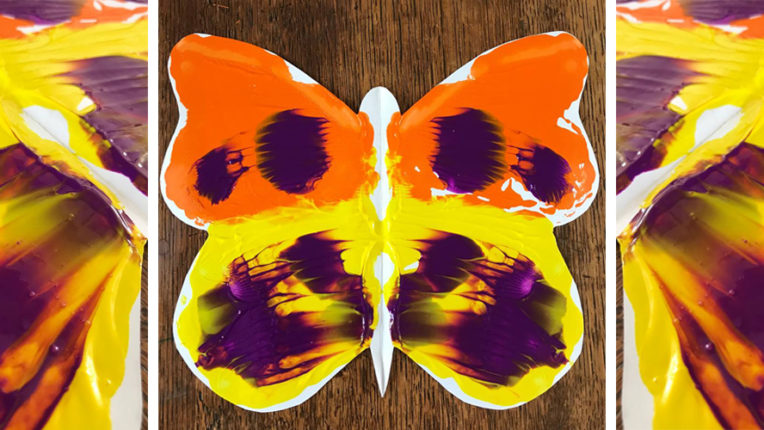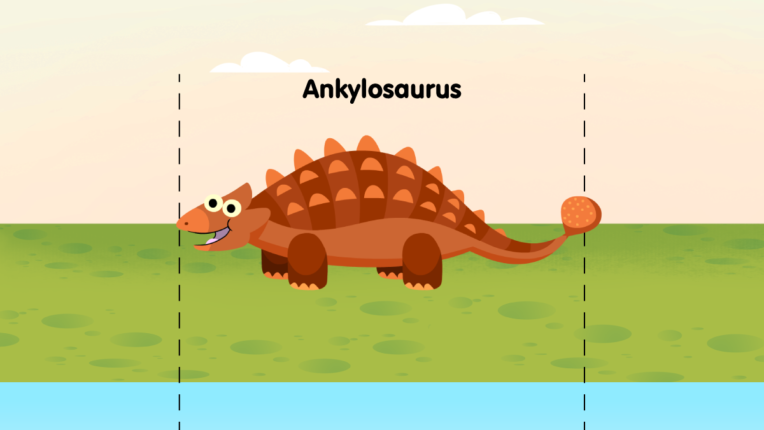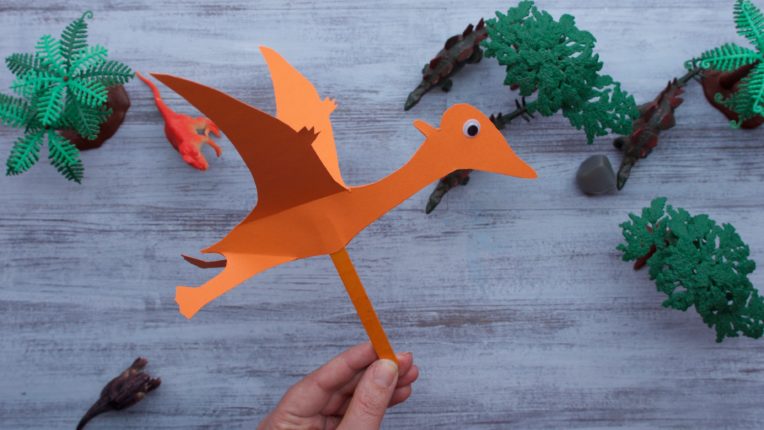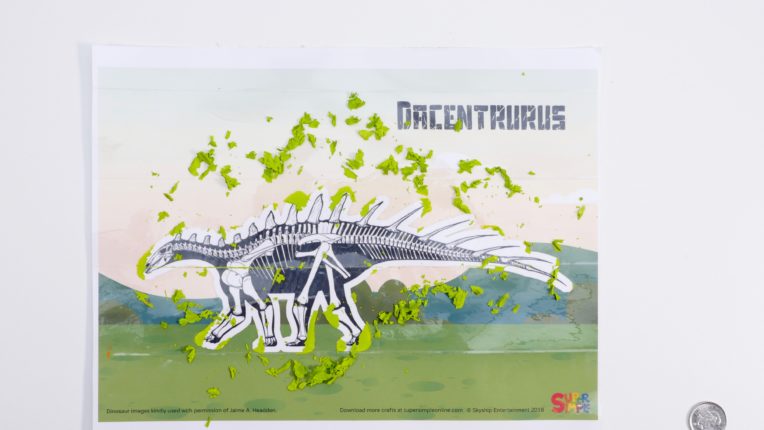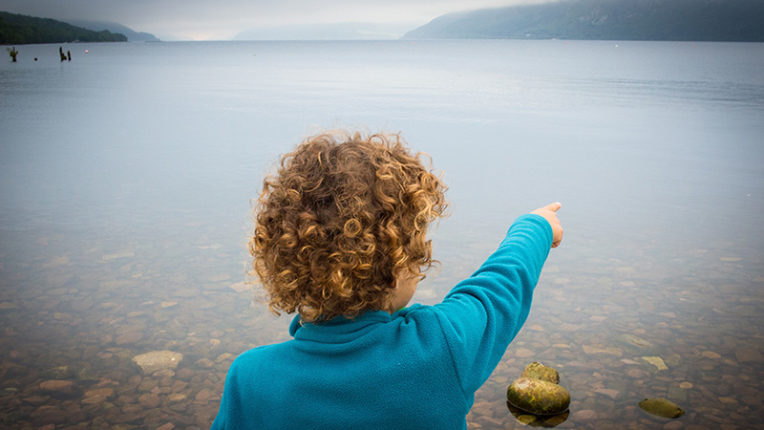You know what frogs look like: they have bulging eyes, webbed feet, long legs for hopping, and often a long tongue for catching flies. But when they’re babies, called tadpoles, they look completely different! They have no legs, but a long tail for swimming and they can breathe underwater like fish. This total change from... Read more »
